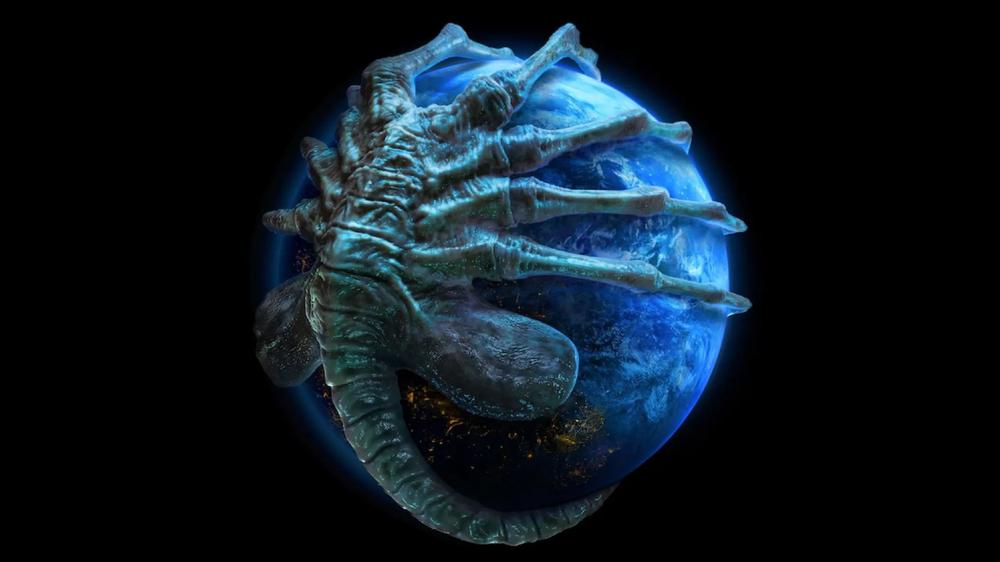Alien: Earth is the first TV series in the long-running sci-fi franchise, and gets something right that most of the Alien movie sequels got wrong.
Alien is a perfect horror film, that plays like a haunted house movie in space, though what’s haunting the crew of the Nostromo is the most terrifying monster in celluloid history.
Aliens is a perfect sequel, upping the ante in every way, shape, and form, by shifting genre from horror to action-packed war movie.
More sequels and prequels followed, in the shape of Alien 3, Alien Resurrection, Prometheus, Alien Covenant, and Alien Romulus. But while each have their merits, they also miss something that Alien: Earth identifies, switches up, and executes in spine-chilling fashion.
The problem with most Alien sequels
The original Alien was a revelation when it hit cinemas back in 1979, shocking audiences with its many twists and turns.
But those shocks weren’t from story – aside from the amazing Ash reveal. Rather, they were through the life cycle of the title character, which became ever-more grotesque and terrifying.
Alien: Earth showrunner Noah Hawley says of those reveals: “Each step of that evolution is just so awful. You think that it can’t get any worse, and then finally you have a 10 foot monster and you think ‘that’s the worst thing’ and then the mouth opens and a second mouth comes out!”
But once the proverbial cat is out the bag, you can’t put it back in, so from that point on, moviegoers knew what to expect when an alien egg appeared on screen, or a face-hugger, or a chest-burster, or a xenomorph.
Talented directors like David Fincher, Jean-Pierre Jeunut, the returning Ridley Scott, and most recently Fede Alvarez were able to manufacture tension and suspense from that central threat, while there was the odd interesting iteration, like Ripley 8 in Resurrection.
But for the most part, the surprise was gone. Until now.
New aliens = new scares
Following Fargo, Alien: Earth is the second time Noah Hawley has crafted a show from a movie, and says that “in adapting these films, the first thing that I do is try to figure out what the movies made me feel, and why, and then create those same feelings in you by telling you a different story.
“The one feeling that you can’t produce in an audience is the discovery of the life cycle of the xenomorph – we all know it – and so that genetic revulsion you felt at every stage is a little muted. So the only way to reproduce it is to create new creatures that you don’t know how they breed or what they eat.”
And that’s exactly what happens in Alien: Earth, with the USCSS Maginot crash-landing on the planet’s Prodigy City during the first episode, carrying a deadly cargo.
As cyborg Morrow reveals in the show’s trailer: “This ship collected five lifeforms from the darkest corners of the universe… monsters.” While during the same teaser another character calls the creatures both “invasive” and “predatory.”
This fresh horror re-invigorates the franchise
We won’t go into spoilers here, but having seen six of the eight Alien: Earth episodes, I can confirm that those adjectives are all accurate, with each of the new monsters possessing new life cycles for the characters – and audience – to discover.
They precipitate fresh horrors that truly re-invigorate the franchise, and spin the story off in exciting and unpredictable new directions, while at the same time recapturing what made the 1979 movie so special.
As Hawley says of his new creations: “Seeing it crawl down the back of your shirt or into your helmet – that feeling comes back that’s such a seminal part of Alien, so that’s why I introduced them.”

 SPID, nulla di fatto: nessun accordo nella riunione provider-governo del 5 agosto
SPID, nulla di fatto: nessun accordo nella riunione provider-governo del 5 agosto